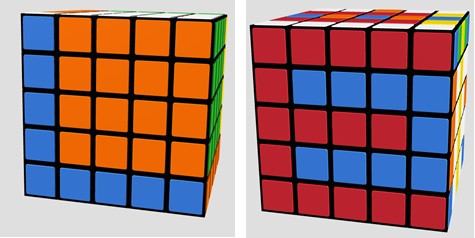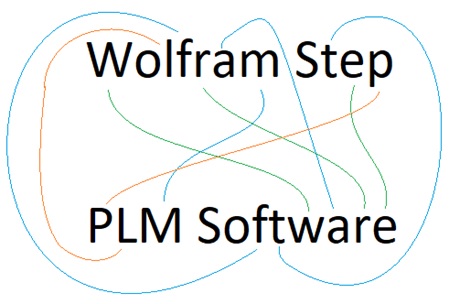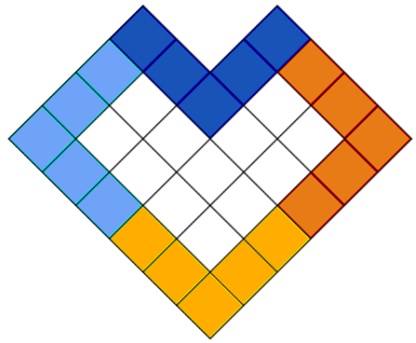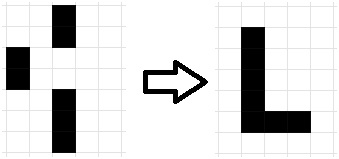LEDAS Blog
Rubik’s 5x5x5 Cube Challenge
Sep 07, 2021The first four times we invited you to take on our game challenges, they all operated at the same level of difficulty for everyone — whether inverting the state of Conway's Life game, inventing ways to split a polymino, solving PLM anagrams, or composing a most beautiful fractal, given constraints.
With today’s challenge, you get to choose the level of difficulty. As the ideal — and the most accurate scale of difficulty known to man — we will use the skill levels from the Doom computer game (illustrated below), which incidentally is now 33 = 3*3*3 = 27 years old.
Why Doom, and Why Now?
When we first planned this Rubik’s cube challenge at the beginning of August, the stars aligned in a remarkable way. Judge for yourself:
LEDAS Fractal Contest
Jun 09, 2021“Good! He did not have enough imagination to become a mathematician.”
— Hilbert's response upon hearing that one of his students had dropped out to study poetry.
(wiki)
Do you love mathematics as much as we do? Over the years, we’ve developed five constraint solvers and a lot of other software that’s mathematically sophisticated, and through that we have gained some understanding in this area of expertise.
So, today we want to talk about the seemingly impossible: things that you can understand but also seem like just a fantasy. Yes, right now! The beauty of mathematics is that there really are a lot of remarkable sides to it that everyone can enjoy.
For example, can you imagine a ...
LEDAS Anagrams: Seawater Folds
Mar 01, 2021One aspect of intelligence is the ability to quickly run through a range of options. It is not that people must get through alternatives faster than a computer, but that they move systematically and purposefully from one option (when found to be wrong) to another option, finding the better direction in which to move. We are talking here about the ability to adjust the brain to the specifics of a task, about the rapid training of one’s own neural network.
Today we invite you to come up with anagrams that are meaningful to you and that involve our primary topic of interest, CAD/CAE/CAM/PLM/BIM. When we program computers to work with anagrams, they go through words in a dictionary incredibly quickly, trying the various permutations and analyzing the ...
From LEDAS: The Polyomino Contest!
Dec 03, 2020You may have encountered polyominoes at some point in your life, because they are used in puzzles popular for more than 100 years, including ones like Tetris.
A polyomino is a plane geometric figure formed by joining one or more equal squares, edge to edge. The name was devised by Solomon Golomb in 1953 in a now-classic textbook, and then popularized by Martin Gardner in 1960; see the “Mathematical Games” column in Scientific American.
Today we’ll play with our updated LEDAS logo, which we released a year ago. As you can see, it consists of four pentominoes. A pentomino is a polyomino of order 5, i.e. 5 equal-sized squares connected edge-to-edge.
Splitting the LEDAS Logo Into Polyominos
Our question today is this: what is the number ...
LEDAS Life Contest
Aug 31, 2020Let’s go all the way back to 1970 and to the Game of Life. Also known simply as Life, this program is based on cellular automaton and was devised by British mathematician John Horton Conway.
The rules of Life
The rules of Life are simple: The universe in which Life is played is an infinite, two-dimensional grid of square cells. Each cell has one of two possible states, on or off, filled or empty, live or dead.
Each cell interacts only with its eight neighbours. Neighbour cells are adjacent horizontally, vertically, and diagonally.
Cells stay alive when they have two or three neighbours. Live cells with fewer than two, or more than three, live neighbours die, as if by underpopulation or overpopulation. Dead cells with exactly three live ...




